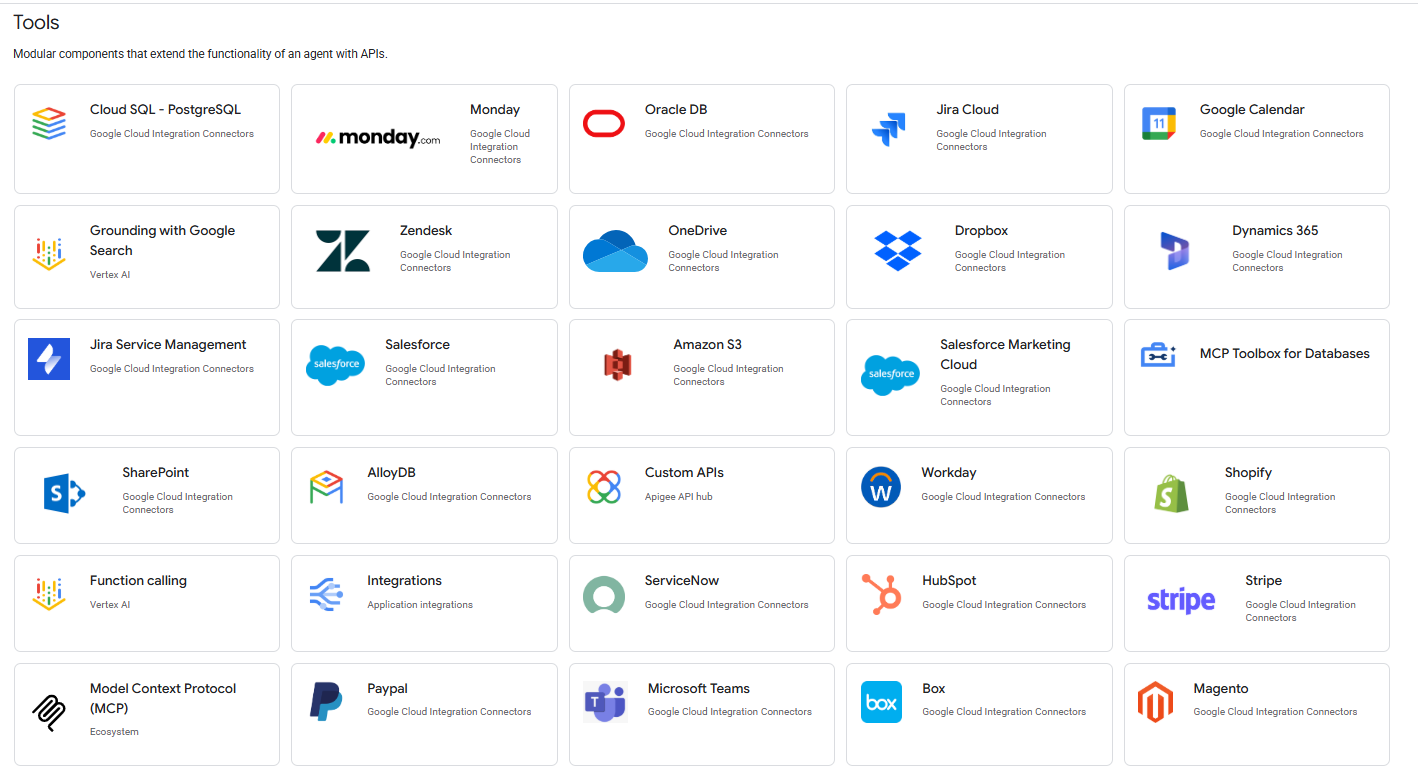Cultivating Intelligence: A Deep Dive into Agent Gardens
In the ever-evolving landscape of Artificial Intelligence, we're constantly seeking new paradigms to foster more robust, adaptable, and intelligent systems. One particularly fascinating and increasingly relevant concept is the Agent Garden. Far from being a mere whimsical term, Agent Gardens represent a powerful architectural pattern for designing and managing complex AI systems, offering a fresh perspective on collaboration, emergence, and self-organization.
What Exactly is an Agent Garden?
Agent Garden is an environment where multiple, autonomous AI agents coexist, interact, and collectively work towards shared or individual goals. Think of it less as a hierarchical command-and-control structure and more as a thriving ecosystem. Each "plant" in this garden is an agent, equipped with its own capabilities, objectives, and a degree of autonomy.
Unlike traditional monolithic AI systems, where a single, large model attempts to solve everything, Agent Gardens embrace modularity and distributed intelligence. This approach draws inspiration from natural systems, where complex behaviors emerge from the interactions of simpler components.
Samples: Pre-built, customizable blueprints with source code, configuration files and best practice examples.
This is precisely what makes Agent Gardens so powerful. Instead of starting from scratch, developers get a functional starting point for various use cases (like the "Academic Research" or "Financial Advisor" examples we discussed). These blueprints demonstrate best practices, saving significant development time and ensuring a solid foundation for customization. They act as accelerators, providing a clear path to building specific agent functionalities.
Tools: Modular components that extend the functionality of an agent with APIs.
Tools are the building blocks that empower agents to interact with the external world and perform actions beyond their core reasoning. Whether it's integrating with a CRM system, calling a weather API, accessing a database, or performing complex calculations, these modular components are essential for creating truly intelligent and actionable agents. Agent Gardens curate and provide these tools, often pre-integrated or easily connectable, further simplifying the development process.
Together, these samples and tools embody the "Agent Garden" providing a rich, well-organized environment where developers can quickly discover, learn from, and leverage existing intelligence and functionality to cultivate new, powerful AI agents with unprecedented efficiency.
Key Characteristics of an Agent Garden:
Autonomy: Each agent operates independently, making its own decisions based on its local perception and internal logic.
Interaction: Agents communicate and collaborate (or even compete) through defined interfaces, message queues, or shared environmental states.
Specialization: Agents are often designed with specific functionalities or expertise, allowing for division of labor and efficient problem-solving.
Emergence: Complex system-level behaviors and solutions can emerge from the decentralized interactions of individual agents, often without explicit central programming.
Adaptability & Resilience: The distributed nature makes the system more robust to individual agent failures. New agents can be introduced, and existing ones can be updated, allowing for dynamic adaptation.
Scalability: As tasks grow in complexity, more agents can be added to the garden, distributing the workload and enhancing processing power.
Building Your Own Agent Garden
Implementing an Agent Garden involves several key technical considerations:
Agent Definition and Architecture:
Perception: How do agents gather information from their environment? (e.g., sensors, APIs, shared data stores)
Cognition/Reasoning: What are the internal models, rules, or learning algorithms that guide an agent's decisions? (e.g., rule-based systems, machine learning models, planning algorithms)
Action: How do agents affect their environment or interact with other agents? (e.g., actuators, API calls, message sending)
Communication Protocols: Establishing clear protocols for inter-agent communication (e.g., message queues, publish-subscribe patterns, shared memory).
Environment and Interaction Layer:
This is the "soil" of your garden. It provides the context and mechanisms for agents to perceive and act.
Shared State: A common data structure or database that agents can read from and write to, representing the current state of the world.
Message Brokers: Technologies like Apache Kafka, RabbitMQ, or even simple RESTful APIs can facilitate asynchronous communication between agents.
Simulation Environments: For testing and development, a controlled simulation environment can mimic real-world conditions.
Orchestration and Management:
While agents are autonomous, some level of orchestration might be necessary, especially in the early stages or for monitoring.
Agent Registry: A central service to keep track of available agents, their capabilities, and their status.
Lifecycle Management: Mechanisms for starting, stopping, updating, and removing agents.
Monitoring and Logging: Tools to observe agent behavior, identify issues, and understand emergent patterns.
Frameworks and Tools:
Multi-Agent System (MAS) Frameworks: Libraries like Jade (Java), Pyro4 (Python), or even custom frameworks built on top of asynchronous programming libraries (e.g., asyncio in Python) can greatly simplify development.
Containerization (Docker, Kubernetes): Ideal for deploying and managing individual agents as isolated services, ensuring scalability and portability.
Cloud Platforms: AWS, Azure, GCP provide robust infrastructure for deploying distributed agent systems.
Use Cases and Potential Applications:
The versatility of Agent Gardens makes them suitable for a wide range of complex problems:
Automated Trading Systems: Agents specializing in market analysis, order execution, and risk management.
Smart City Management: Agents controlling traffic flow, optimizing energy consumption, or managing waste collection.
Supply Chain Optimization: Agents coordinating logistics, inventory, and production across multiple stakeholders.
Gaming AI: Creating more dynamic and believable NPC (Non-Player Character) behavior through emergent interactions.
Robotics Swarms: Coordinating multiple robots for exploration, construction, or rescue missions.
Complex Simulations: Modeling intricate systems where individual entities have autonomous behavior.
Challenges and Future Directions:
While promising, Agent Gardens present their own set of challenges:
Debugging and Traceability: Understanding the root cause of emergent behaviors can be difficult in decentralized systems.
Coordination and Conflict Resolution: Ensuring agents collaborate effectively and resolve conflicts efficiently.
Security: Protecting individual agents and the communication channels from malicious attacks.
Scalability of Communication: Managing large volumes of inter-agent messages.
Formal Verification: Proving the correctness and safety of emergent behaviors.
Future research will likely focus on more sophisticated coordination mechanisms, advanced learning techniques for individual agents to adapt within the garden, and robust tools for analysis and debugging of emergent properties.



